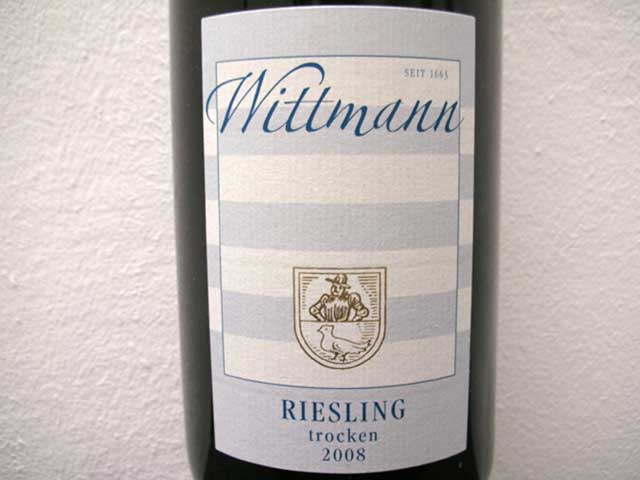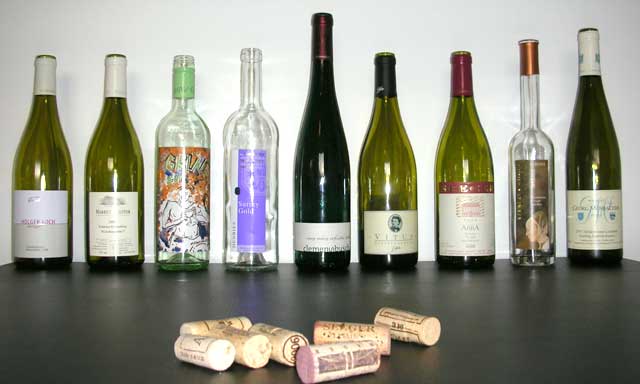Wittmann, Riesling trocken, 2008
London, so the MetOffice tells us, is about to descend into a snow chaos this night. While this may mean that tomorrow evening it will be time for hearty food with a robust red wine, tonight I felt more like spicy food and so I prepared a stir-fry. I use this simple recipe fairly often, it basically involves frying small bits of chicken breast in butter and then adding chopped peppers, green curry paste and lemon juice - the latter nicely balances the flavours and gives it that nice, fresh kick of acidity. So opening a Riesling seemed like the logical choice, and as the food was not overly spicy I thought I could get away with a dry Riesling. A particular bottle from the Wittmann winery had looked at me in this peculiar way for a couple of weeks now, so the choice was easy.


